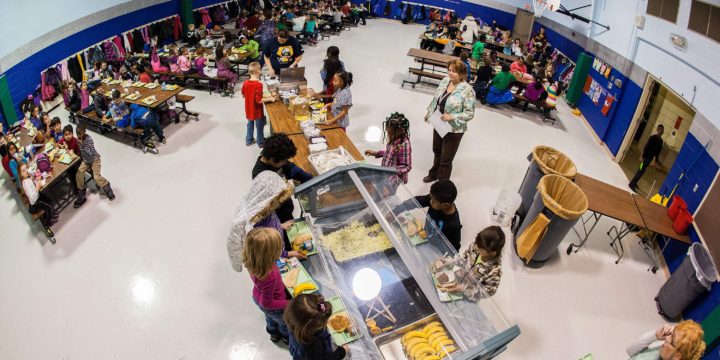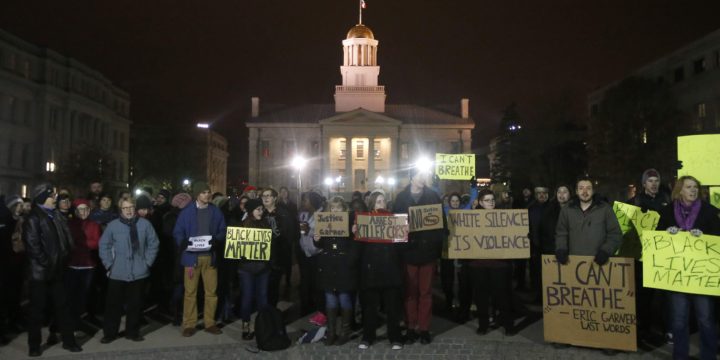
Another bunkhouse of horrors
It is hard to forget the Atalissa Boys, especially when the ugliness repeats. Four men with intellectual disabilities were recently removed from a rundown bunkhouse in the small town of Newberry, S.C. Like the men from Atalissa, the four are former employees of now disgraced Henry’s Turkey Service. Their horrendous treatment is being investigated by several government agencies. In the late 1960s, these men were recruited, mostly from Texas state institutions, to learn turkey insemination and work in various Henry processing plants. Ultimately living in squalor and earning scant wages, the men toiled for decades. One of the South Carolina men, for instance, went to work for Henry’s when he was 18. He was 64 when finally removed from the bunkhouse. This man, Leon Jones, is a brother to Carl Wayne…






